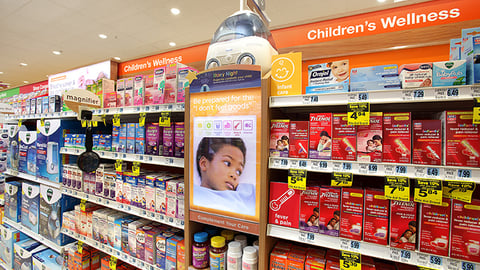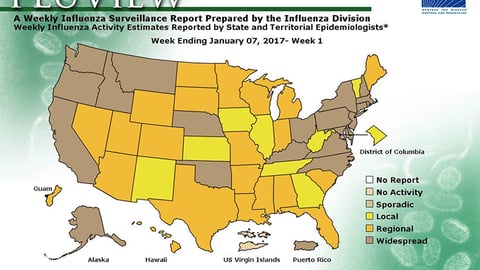-
Walgreens Flu Index: Central U.S. still heavily impacted by flu
DEERFIELD, Ill. — Influenza activity is spreading steadily throughout the central U.S. as Oklahoma and Texas continue to boast the most citizens impacted by influenza-like illnesses, according to the latest Walgreens Flu Index released Thursday.
The Flu Index shows which populations are experiencing the most incidences of influenza each week based on Index methodology.
The top 10 markets for the week of Jan. 29 are: -
New contenders, category heavyweights battle for top spot in cough-cold
Last year, Drug Store News projected that GSK Consumer Healthcare’s Flonase allergy franchise would be challenged with the introduction of two new nasal corticosteroids to the market — McNeil Consumer’s Rhinocort and Bayer’s ClariSpray.
(To view the full Cough-Cold Report, click here.)










